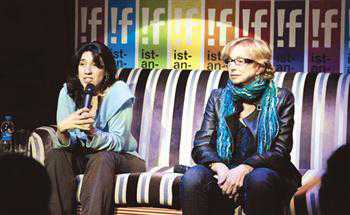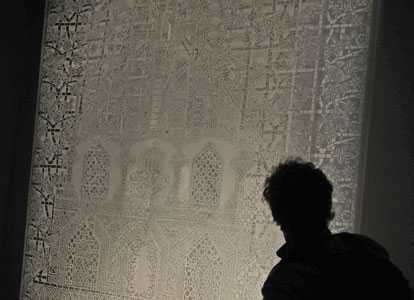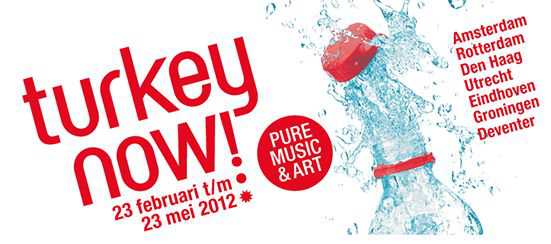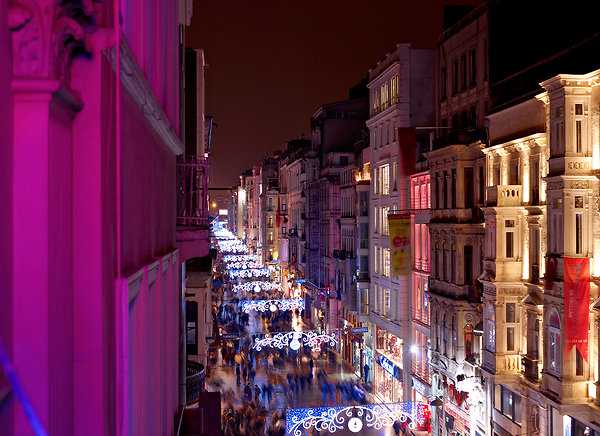The Berlinale’s winners of the Crystal Bears from the Generation 14plus (youth) jury are Reis Çelik’s “Lal Gece” from Turkey as Best Feature Film and Special Mention for Ella Lemhagen’s “Kronjuvelerna” from Sweden.
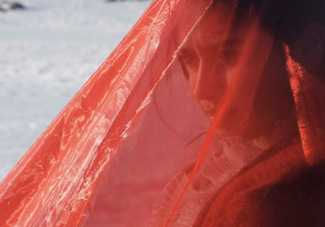 Best Short Film is Sam Holst’s “Meathead” from New Zealand and the Special Mention short film is Isamu Hirabayashi’s “663114” from Japan.
Best Short Film is Sam Holst’s “Meathead” from New Zealand and the Special Mention short film is Isamu Hirabayashi’s “663114” from Japan.
Details on the films and reasons for their selection are below. Awards will be given to winners tonight, along with a screening of “Lal Gece” at Haus der Kulturen der Welt, Cinema 1, at 7:30pm CET.
Crystal Bear for the Best Feature Film: “Lal Gece”
by Reis Çelik, Turkey 2011
We were deeply touched by he brilliant actors in this year’s winning film. They let us take part in the feelings of two people who are imprisoned by family traditions which do not leave them any space for their own decision making and needs. We were especially impressed by the film’s setting – a room where the drama unfolds. Just as for the couple, it is impossible for the audience to leave it.
Special Mention Feature Film: “Kronjuvelerna”
by Ella Lemhagen, Sweden 2011
Friendship, love, family, the divide between poor and rich, disabilities and sickness were only a few of the Themes flowing effortlessly into one another in this complex and many-layered Film.
The fairytale style does not in any way detract from the dramatic sequence of events. The great acting brought forth the entire Spectrum of Emotions, from which the Audience had no escape. This film touched us deeply. A real Masterpiece!
Crystal Bear for the Best Short Film: “Meathead”
by Sam Holst, New Zealand 2011
The film shows us, just in a few minutes, the radical path from childhood to adulthood. Using authentic images the film portrays the rituals of a closed communities which you cannot escape from. The film exemplifies peer pressure and social pressure which can be found in all societies. For us, it has all the qualities necessary for a great short film.
Special Mention Short Film: “663114”
by Isamu Hirabayashi, Japan 2011
Visuals and Sound melded together flawlessly to create a philosophical and layered masterpiece. The director conveys his message, beyond all conventions. Through a simple metaphor he portrays the survival of a culture, even in the face of catastrophe.
The members of the Youth Jury in the Generation 14plus:
Klara Kruse Rosset
Gülcan Çil
Solveig Lethen
Jarnail Fang Yu Singh Sekhon
Sami Yacob
Nico Palesch
Lino Steinwärder
via Berlinale Crowns Crystal Bear Winners: Turkey’s “Lal Gece” & New Zealand’s “Meathead” | Filmmakers, Film Industry, Film Festivals, Awards & Movie Reviews | Indiewire.


